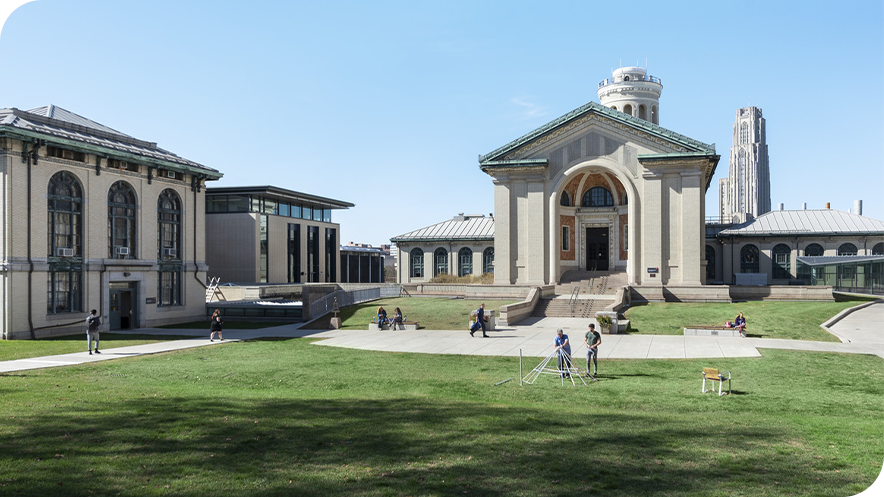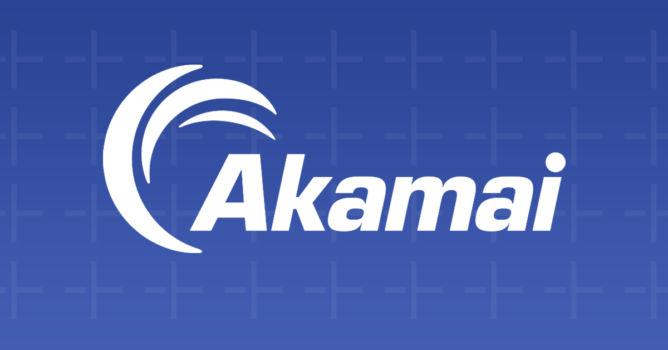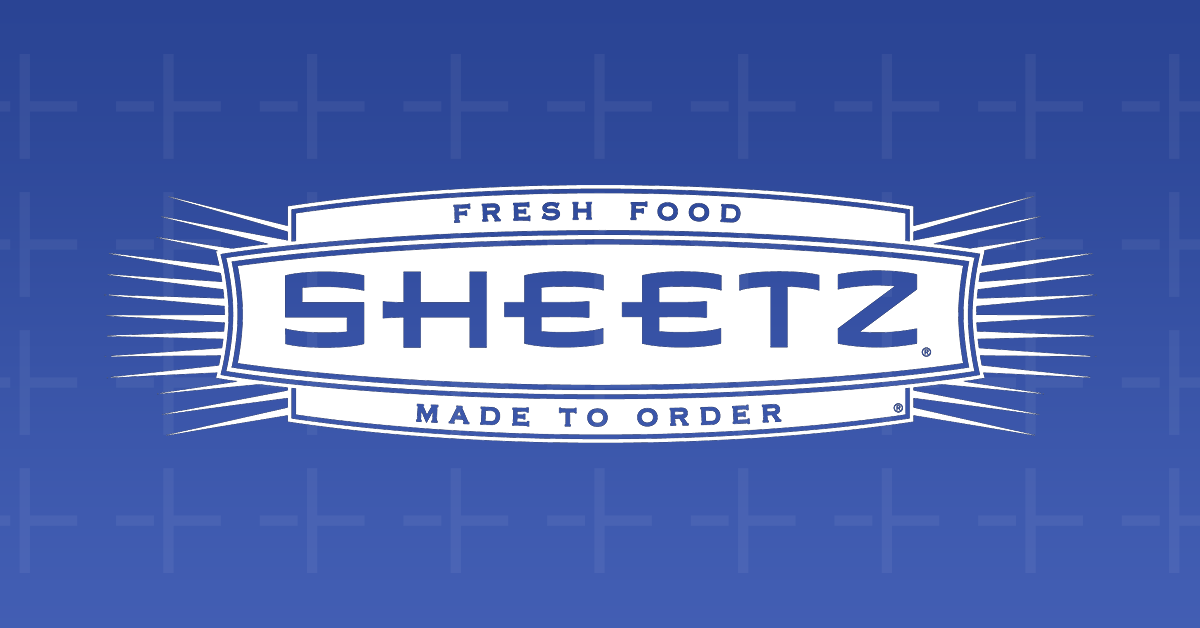Carnegie Mellon University Increases Team Efficiency and Reduces Organizational Risk with HR Acuity

The Challenge
Prior to implementing HR Acuity, Carnegie Mellon University lacked a unified way to track, manage and report on people-related cases. Multiple teams at Carnegie Mellon University handle people-related issues, including HR business partners, Equal Opportunity Services and the Office for Institutional Equity and Title IX.
The cases worked on by these teams cover all issues common to university staff and students, like employee performance, policy violations, accommodation requests and sexual misconduct. Each team has different needs and relies on separate processes to handle their assigned cases. Prior to HR Acuity, there was no unified system that could track, retrieve or analyze case data.
Relying on inputs from disparate systems, reports were difficult to create and limited in their usefulness. The progress and outcomes of individual cases were tracked manually and in isolation; therefore, it was difficult for leadership to make informed, proactive decisions to address potential university-wide concerns.

Discover How Carnegie Mellon Increases Efficiency with HR Acuity

At-a-Glance
Streamlined Collaboration Across Teams
Implementing HR Acuity enabled Carnegie Mellon University to unify case management, fostering efficient collaboration among teams handling overlapping responsibilities.
Enhanced Reporting and Insights
Centralized data and powerful reporting capabilities now allow leadership to track trends, make informed decisions, and proactively address university-wide challenges.
Proactive Risk Mitigation
By identifying patterns and acting on feedback, HR teams can intervene early with training or resources, reducing organizational risk and improving workplace outcomes.

“HR Acuity’s reporting capabilities are a major differentiating factor.”
The Solution
After implementing HR Acuity, Carnegie Mellon University is now able to identify and track employee and workplace issues quickly and accurately in one place. This has enabled different teams to collaborate more efficiently and work together on cases that overlap multiple areas of responsibility. Relevant case documentation is stored in a central location (as opposed to personal folders or email), making it easier to find when employees pursue other careers or go on extended leave.
Powerful reporting capabilities were key to the university’s decision to move forward with HR Acuity. Whereas reporting used to be spotty and disjointed, teams are now able to report on case progress and volume for leadership. HR Acuity also integrates seamlessly with the university’s HCM and student information system, meaning all people-related data is accessible for reports.

A unified data picture also helps Carnegie Mellon’s people team make informed decisions and uncover trends that weren’t visible before. This creates opportunities to reduce organizational risk and be proactive in addressing potential university-wide challenges.
For example, HR business partners can identify when multiple people in a department voice similar concerns. This allows them to intervene with training or support before the issue escalates. HR teams can also compare feedback from stay and exit interviews in order to advocate to university leadership for new programs or additional resources.
With HR Acuity, Carnegie Mellon University is able to collaborate more effectively, streamline processes and access actionable data – all of which has increased team efficiency and helped reduce risk across the organization.

“HR Acuity is a major step forward for us as an organization.”
See Why We’re the #1 Leader in Employee Relations Case Management
With our award-winning employee case management software, we are helping companies like yours become more efficient, organized and transparent.












